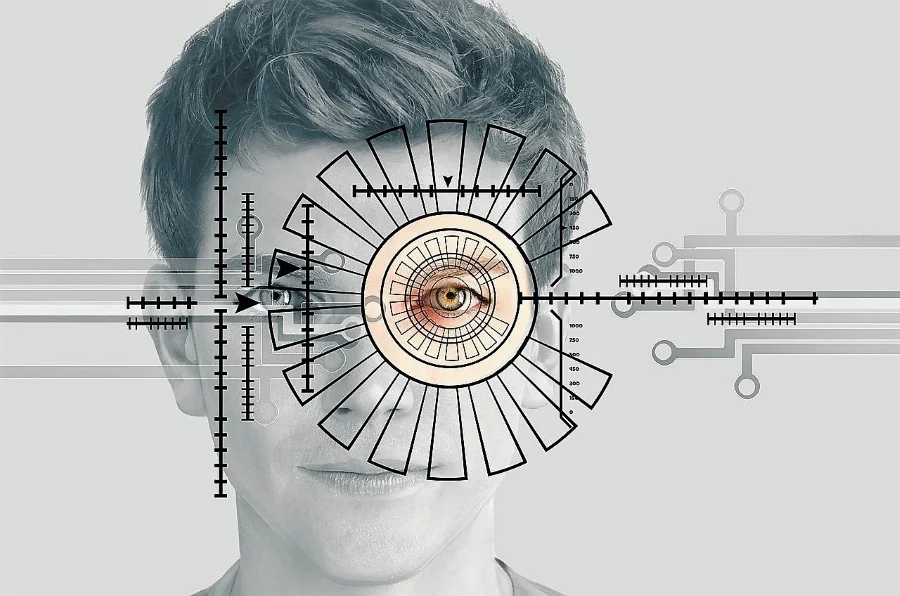
Article Authored by Piyush Peshwani Co-Founder & CEO OnGrid
The new decade has been witnessing a plethora of technological advancements irrespective of the industry, geography, or type of workforce. The unprecedented pandemic, although traumatic to millions of families across the globe, has only accelerated technological headway.
Every little thing around our daily life has a technological foundation, as simple as ordering groceries, getting a cab, or even reading this blog! There is hardly or no exception.
This reality is not oblivious to the HR Tech or Background verification spectrum. Everything in its life cycle has gotten some kind of technological makeover, be it onboarding, KT sessions, grievance management, and even the fun Friday activities!
In this article, we will be talking about the 5 most interesting ways in which technology has revolutionized the background verification world.
1. Automation
If we dial back just to 2015, any first day would just be reserved for PAPER WORKS! The frustrating experience would require the new joiner to submit multiple different sets of the same document (Signed!), and one minor error would repeat the shenanigans all over again.Well, coming back to the year 2022, the above is not the case anymore. Any required document would be collected and signed off virtually through the in-house organizational platform or third-party background verification platforms that can be readily integrated with any onboarding platform to further smoothen the process of collection and verification of documents. Be it for the HR teams, admin teams, or compliance purposes.
Thanks to the constant advancements, new joiners can actually spend time getting to know their colleagues on the first day.
2. Access to repositories
Gone are the days when processes such as validating ID, identifying international criminal cases were a herculean task or when a simple criminal record verification would require the candidate to run down to the police stations multiple times to get a clearance certificate, sometimes even obligating the HR teams to omit the criminal checks to escape the hassle of dealing with the legal system.Thanks to the digitized repositories, verifications that would take weeks (if not months) can be completed in just a few clicks. They are characterized in a way that enhances the quality of checks with their state-of-the-art integration with national and international repositories.
Verifications such as criminal record checks, global database checks, ID verifications, and employment verification are all completed in record time thanks to the robust integrations with respective repositories.
Through repositories, employment and educational verifications can be completed more quickly and authentically.
3. Lesser TAT
One of the most thankful but still underestimated aspects of technology-backed BGV is the reduced completion time. If we again dial back to the year 2015, the accepted norm for verification completion was in months, which would heavily impact the overall recruitment lead time, thus the entire HR lifecycle.One of the HR leaders associated with the background verification organization quoted “The impact of attrition was so high on the HR life cycle then, that if there was a ‘great attrition’ then it would be chaotic”
With technological advancements in the BGV domain the verification turnaround time (TAT) has come down significantly; an audit-ready preliminary verification report would be ready in less than 4 hrs. A detailed complete report would not take more than 6-7 working days.
4. Innovation in verifications
When the world as we know was thrown off guard with waves of the deadly pandemic, innovation became inevitable to upgrade the current verifications. Address verification which was popularly executed through physical and postal mode got a digital makeover as digital address verification, backed with strong OCR technology. With innovations like these, you can shield your business, employees, and customers by providing another layer of personal protection. It's just the tip of the iceberg as innovation is a continuous and ever-evolving process, to say the least.5. Data security
With the advent of technology and the very famous “Data is the new oil” quote, every piece of information about an individual is crucial and needs to be handled with the utmost amount of respect. The individual’s privacy should be regarded with the highest sanctimony by the organizations.Modern BGV platforms have robust systems in place where sensitive information is secured through encryption. With additional qualifications such as ISO and GDPR compliance, security concerns are handled.
Trust establishment is easier said than done. Without trust, the foundation of any professional environment will remain weak.















 IndianWeb2.com is an independent digital media platform for business, entrepreneurship, science, technology, startups, gadgets and climate change news & reviews.
IndianWeb2.com is an independent digital media platform for business, entrepreneurship, science, technology, startups, gadgets and climate change news & reviews.



